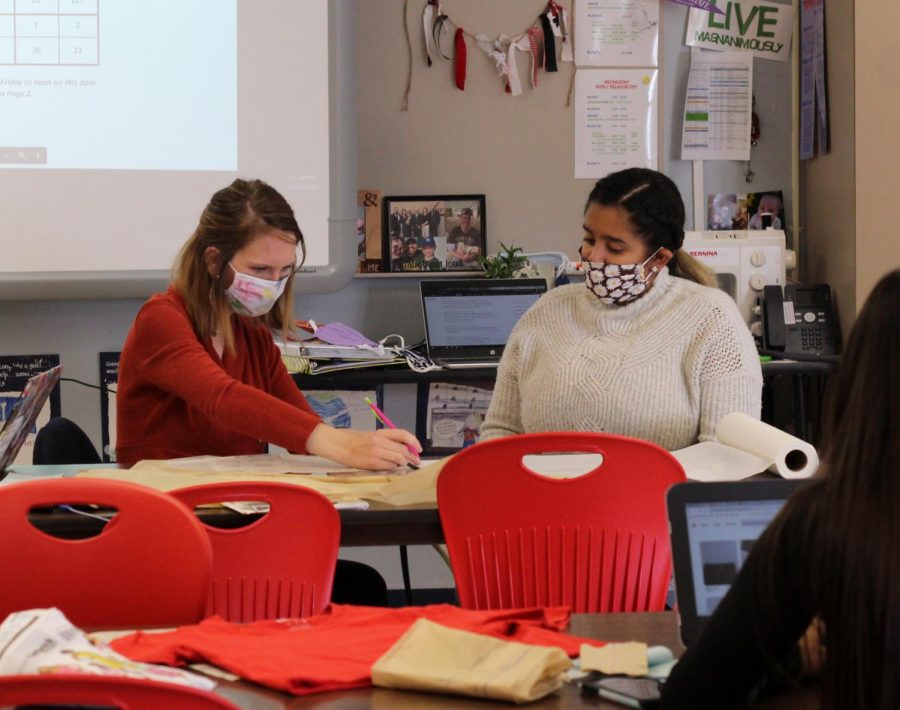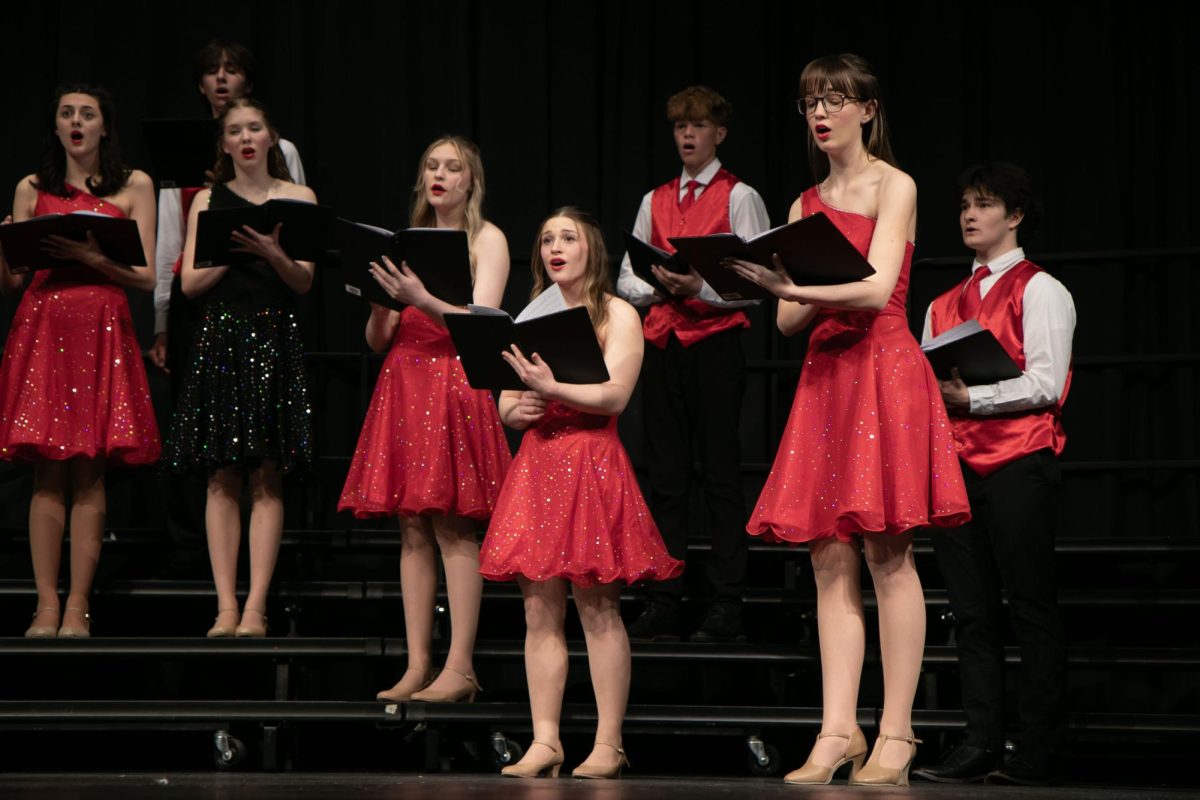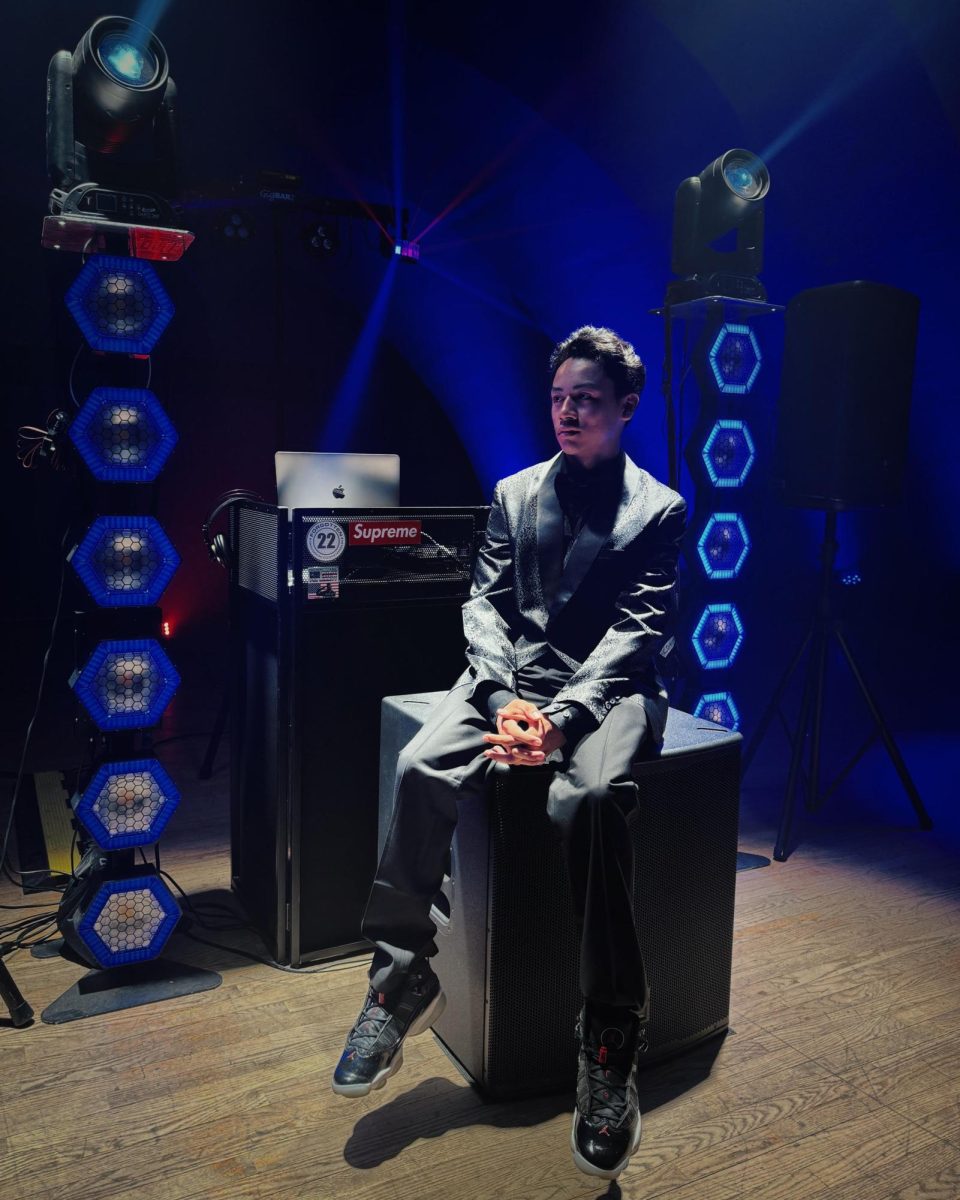Hybrid model met with mixed reactions
Whether the hybrid model of learning is successful or not is a case-by-case basis and depends on individual families, students and parents’ needs.
January 3, 2021
The Board of Education, after receiving feedback from parents and a student from Maize High, decided that K-12 will resume school in a hybrid setting on Jan. 4. The decision has been met with many different opinions. In an online survey sent out to the student body, almost 78 percent reported that they prefer learning in a hybrid model versus a remote schedule. More than 70 students from all grade levels responded, making it clear where many stand.
Maize is certainly not the only district trying to make this an effective form of learning by keeping kids engaged in person at least two days a week. The EdWeek Research Center conducted a survey and received hundreds of responses from different districts and educators. Almost two-thirds of district leaders said that they are teaching in a hybrid model.
“I cherish those days in the classroom, getting to see the students,” social studies teacher Jill Weber said.
A small school district in Pennsylvania found that older students might be more difficult to teach on remote or synchronous days than elementary students. Many are reluctant to turn on their cameras or unmute themselves for various reasons, leaving teachers struggling for ways to engage. Because of this, most teachers would prefer to teach in a hybrid structure.
“I want to be around kids and feed off of their energy in the classroom,” Weber said. “A hybrid system allows me to do that. It allows me to assess students based on what I can see while walking around the classroom. It allows me to get some active learning in that’s not in front of a screen.”
A hybrid schedule can offer students the ability to modify their own schedule that they may not have access to in a remote or traditional model.
“[Remote learning] gives me a little more flexibility than full in-person school, but that flexibility can sometimes come at odd hours,” senior Amanda Branom said. “I much preferred the flexibility of hybrid, where I could utilize a whole day instead of a few minutes.”
Hybrid also offered other advantages to students.
“I have discovered that the hybrid schedule helped with not only my grades but with my mental health as well,” sophomore Kate Crisler said. “If given the option, I would consider a hybrid model of learning outside of [the pandemic].”
Some students say, while the hybrid model has its perks, it can be confusing for students to keep up with the amount of work given to them.
“I prefer remote over hybrid because it is harder for me to know when things are due,” junior Sydiney Autin said. “I think some teachers are giving way more work than they should right now.”
Because of this lack of consistency, some students believe the remote model is more suitable for them.
“I’d rather be full in person (if it were safe), but [remote] is much better than hybrid or constantly changing what we’re doing,” junior Daniel Hammett said.
In time, however, Weber hopes to resume traditional in-person learning.
“While the challenges of hybrid are apparent, there are good things that are happening with this,” Weber said. “Students are having the opportunity to learn real-life skills. That doesn’t come easy, but it is happening. This is temporary, we will all be together in the classroom again.”







Carnelia shears • Jan 4, 2021 at 1:31 am
I agree the kids learn when they are in class but until covid is over my kids will stay home. They just said the virus is spreading even and especially small groups